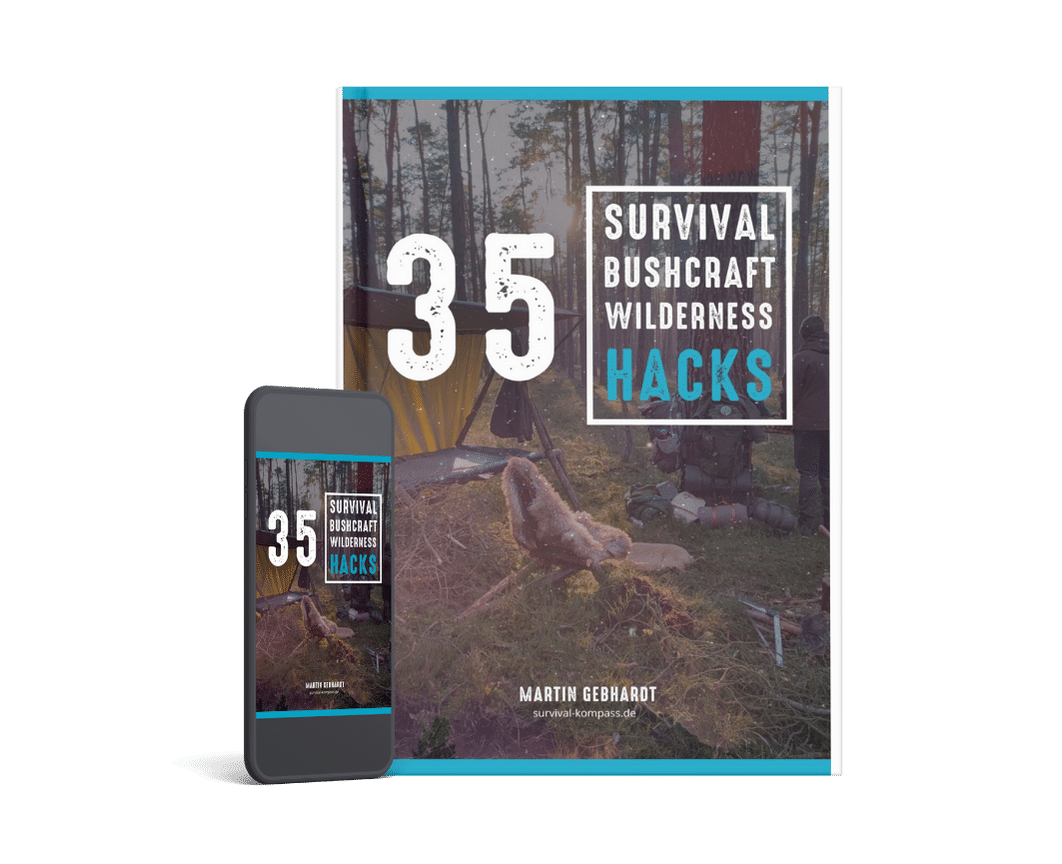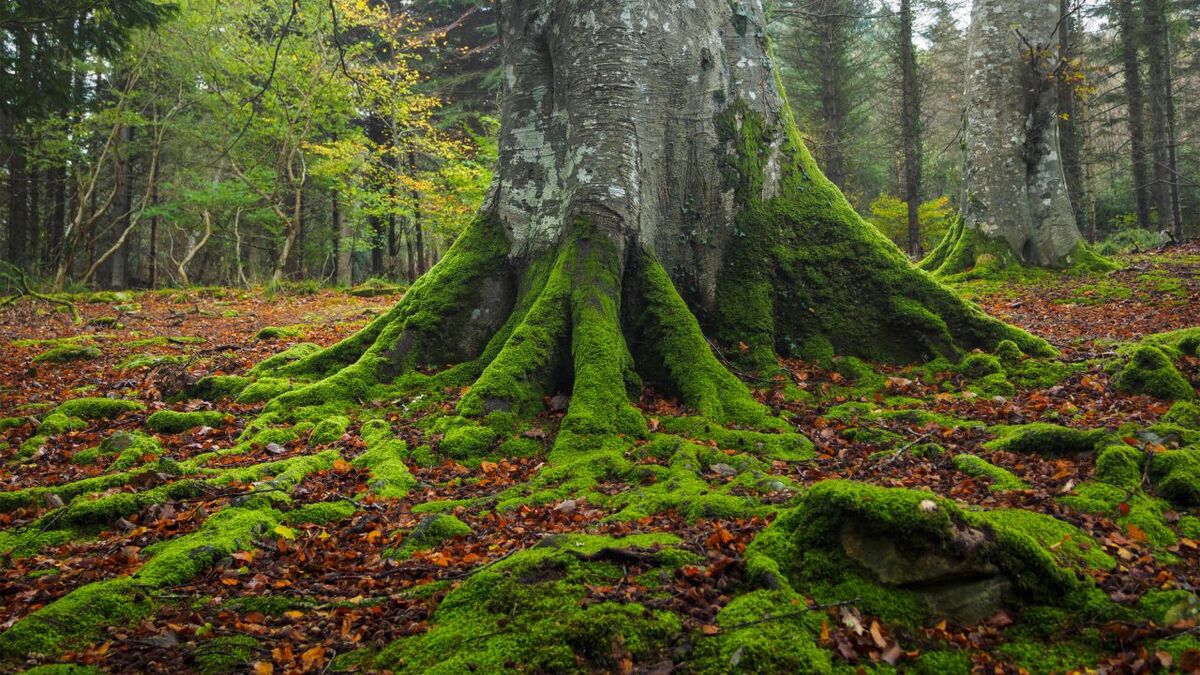
Moss & Direction: The truth about the moss compass – Does moss really always grow on the north side?
👉 The key facts from this guide
- The myth that moss always grows in the north is false – it depends much more on moisture and shade.
- Moss primarily needs moisture, shade, a suitable substrate, and good air quality – the cardinal direction is only indirectly important.
- North-facing sides often provide better conditions for moss (less sun, more moisture, cooler temperatures), but there are many exceptions.
- In dense forests, gorges, or humid regions, moss can grow everywhere – not just in the north!
- If you want to use moss for orientation: observe many spots, think about the weather side, and always combine it with other methods.
- Conclusion: Moss is super interesting, but unreliable as a compass – when navigating, it’s better to rely on proven techniques like the position of the sun and the North Star.
The question of which direction moss grows is a classic among nature enthusiasts and survivalists.
The belief persists that moss is a reliable indicator of the northern direction.
But what is the truth about this "moss compass"?
This guide dives deep into the world of moss, debunks common myths, and explains which factors truly influence the growth of moss.
The great myth: "Moss grows (almost) always in the north" – Is that true?
In short: No, this is a widespread myth. The blanket statement that moss always or even "almost always" grows on the north side of trees, stones, or other objects is a dangerous simplification.
Relying blindly on this assumption for orientation can quickly lead to getting even more lost. This belief is part of a whole list of 26 survival myths that can cost you your life.
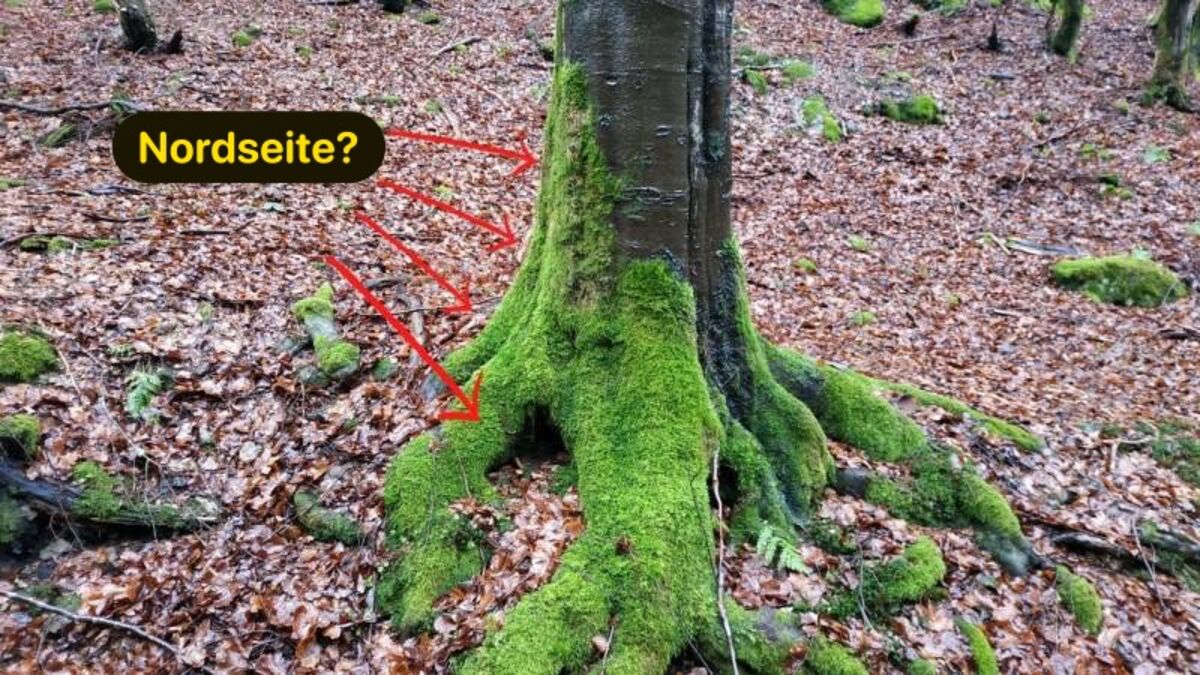
What moss really needs to grow: The true needs
Moose are fascinating, resilient little plants that require certain basic conditions for their growth. The cardinal direction is only an indirect factor.
The primary needs of moss are:
- Moisture: Mosses do not have true roots to draw water deep from the ground. They rely on absorbing moisture directly from the air (rain, fog, dew, high humidity) and from the surface on which they grow. Dryness is their greatest enemy.
- Shade: Most species of moss cannot tolerate direct, intense sunlight. Strong sun quickly dries them out and can damage their delicate cells. Therefore, they prefer shady to partially shaded locations.
- Suitable substrate: Mosses can grow on various substrates – tree bark, rock, soil, dead wood. The texture and pH of the substrate also play a role. Some mosses prefer acidic soils, while others prefer calcareous ones.
- Air quality: Some species of moss are sensitive to air pollution.
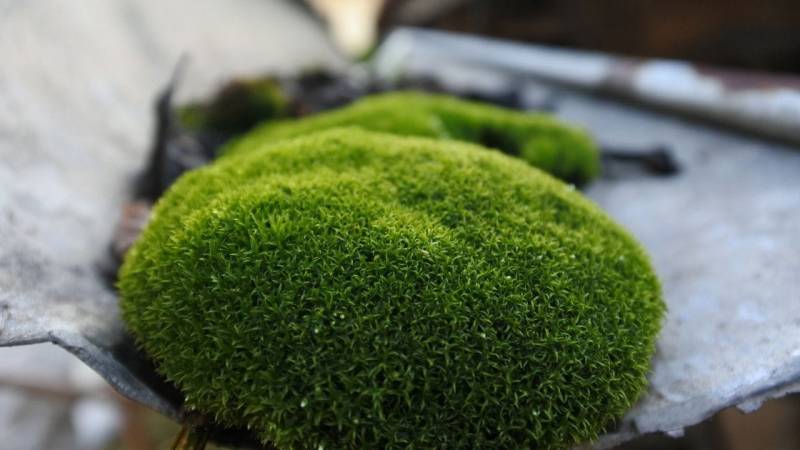
Why the north side is often preferred (but not exclusively!)
The myth of "moss in the north" has a true core, but it is often overinterpreted. In the Northern Hemisphere of our Earth (which includes Germany, Austria, and Switzerland), the following applies:
- Less direct sunlight: North sides of trees, rocks, or buildings receive significantly fewer direct sunlight hours than south, east, or west sides.
- Longer moisture: Due to the lower sun exposure, north sides dry out more slowly. The moisture from rain or dew lingers here longer.
- Cooler microclimate: Less sun also means lower temperatures, which further reduces evaporation.
This combination of more shade and longer-lasting moisture creates often more favorable growth conditions for moss on north-facing sides than on sun-exposed south-facing sides. Therefore, one can find more frequent or denser moss growth there.
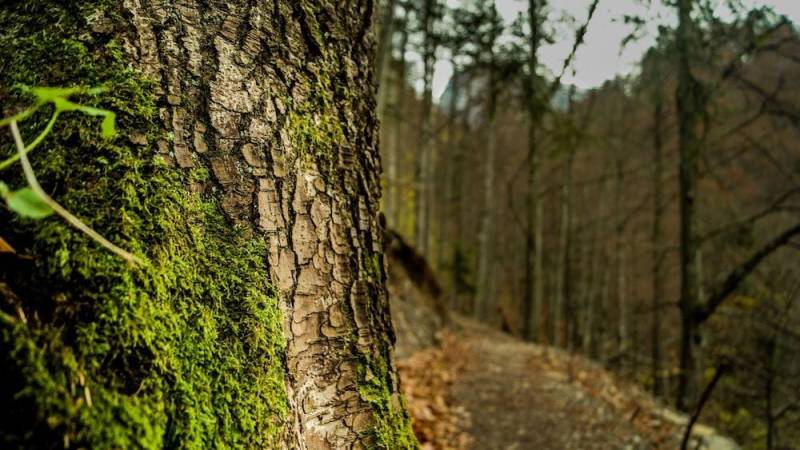
When and where the "Moss Compass" completely fails: Exceptions are the rule!
The reality in nature is more complex than simple rules of thumb. There are countless situations where the "moss grows in the north" rule does not apply:
- Dense forests: Inside a dense forest, where the canopy lets through little light, it can be shady and moist enough on the ground and lower trunk sections. Here, moss can often be found all around trees or in completely different places.
- Gorges and valleys: In deeply cut valleys or narrow gorges, light and moisture conditions can vary greatly, regardless of the pure north orientation. Shadows from opposite slopes play a significant role.
- High humidity: In areas with generally very high humidity (e.g., near bodies of water, waterfalls, in bogs or fog regions), moss can thrive beautifully on all sides.
- The weather side: In many regions, there is a prevailing wind and rain direction, known as the weather side. In Central Europe, this is often west or northwest. Rain is blown onto tree trunks and rocks from this side, which increases humidity there. Therefore, moss can grow more strongly on the weather side, even if it does not point exactly north.
- Microclimate and shading: A single tree can also develop moss on its south side if it is shaded by neighboring trees, rocks, buildings, or dense underbrush. Small depressions in the bark or on the ground can also retain moisture and enable moss growth.
- Tree species and bark structure: The texture of the tree bark plays a significant role. Smooth barks provide less grip and retain less moisture than rough, cracked barks. Certain tree species promote moss growth more than others.
- Slope position: On a north slope, it is generally cooler and wetter, which favors moss growth. On a south slope, even the north side of a tree can be drier.
Can moss actually be a clue for orientation?
Yes, but with extreme caution and only as one of many possible indicators.
Relying solely on moss is reckless. It is far better to focus on more reliable methods to determine directions without a compass, which also includes the shadow stick method.
If you want to use moss as a vague guideline, please note:
- Compare many places: Don't just look at one tree or stone. Is there a clear tendency among many different, free-standing objects in the vicinity that the moss growth is more pronounced on one particular side?
- Consider the weather side: Find out about the typical weather side in your region. Often, the moss growth is strongest there.
- Combine with established knowledge: Never use the observation of moss in isolation. Always combine it with more reliable methods, such as the position of the sun (during the day) or the North Star (at night).
- Be aware of uncertainty: Consider moss at most as a quiet assumption that must be confirmed by other, more solid signs.

Conclusion: Moss is not a compass – but a fascinating part of nature
The idea that moss reliably indicates the northern direction belongs to the realm of myths.
The growth direction of moss is primarily determined by moisture and shade, not by a magical orientation towards the north.
Although north-facing slopes in the Northern Hemisphere often offer more favorable conditions, the many exceptions make moss an unreliable guide.
Instead of using moss as a compass, we should admire its adaptability and ecological role.
For navigation, the rule is: Rely on proven methods and learn to read nature in its entirety, rather than depending on individual, often misleading signs. Comprehensive orientation skills are an important part of any survival training.


Author of the guide
Martin Gebhardt
Hey, I'm Martin. On my blog, you will learn the basics and numerous details about living in the wild. I think survival, bushcraft and the good life in nature are the keys to happiness. Find me here on Instagram or on YouTube. You can find more about my mission on the About Me page.
Was this guide helpful?
18 people found this guide helpful.
5.00 out of 5 points (18 Ratings)
Comments (0)
This post may contain affiliate links. So if you click on the links and make a purchase, I will receive a small commission at no additional cost to you. Click here, to learn more about it.


